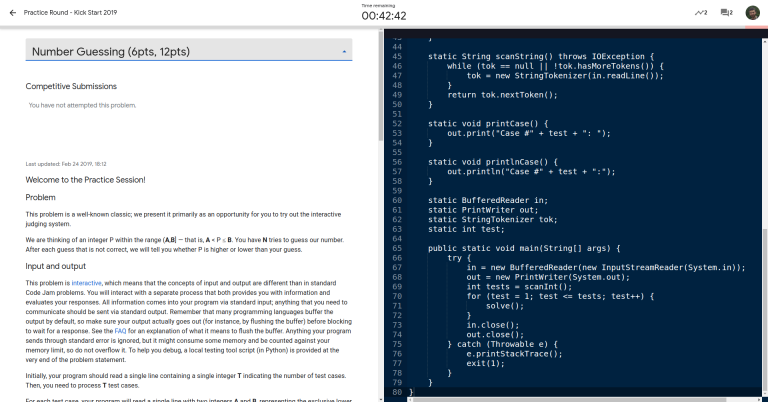TopCoder recently announced that TCO21 finals are going to be held online. They previously planned to hold them in Orlando, Florida, however, the plans were changed due to the worsening COVID-19 situation in the US and the government's plans to keep the travel restrictions.
You can watch the video of the announcement here.


















